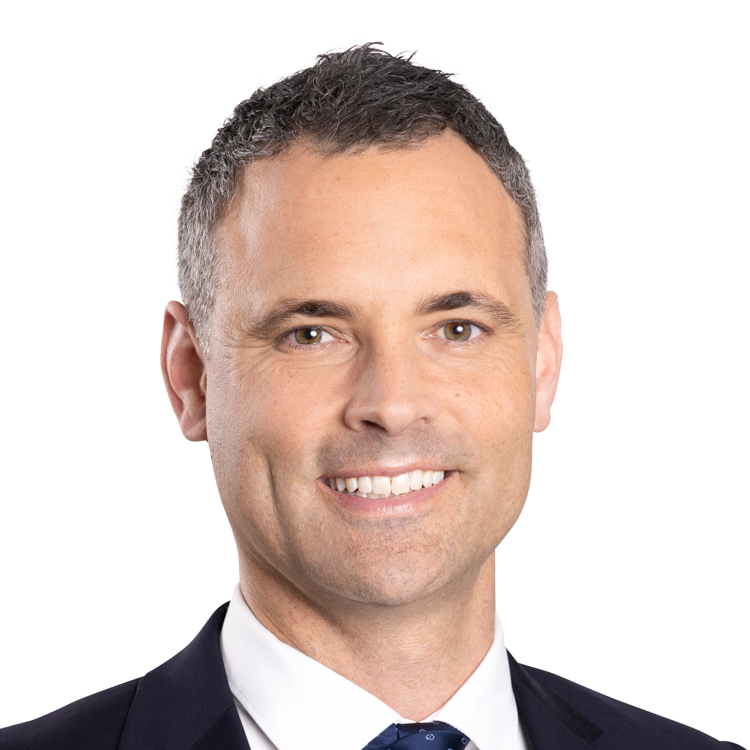The bid to buy out The Warehouse Group has put the focus back on the ‘red sheds’ and the company’s rollercoaster ride of tough operating conditions, poor acquisitions and distracted management.
The company is a key example of how important it is for businesses to re-invest shareholders’ capital wisely – whether by expanding the existing business, buying others, or returning it to shareholders through dividends.
Companies that allocate capital well over time create shareholder value, much like the small contributions to your KiwiSaver account that can compound surprisingly over the years. However, those that invest poorly, end up paying the price in the long run.
A tale of two retirement villages
As Warren Buffet wrote in his 1987 Berkshire Hathaway shareholders' letter, "Over time, the skill with which a company's managers allocate capital has an enormous impact on the enterprise's value". He went on to say it’s a skill many CEOs aren't good at, despite the fact they deploy huge sums of money over their tenure which can effectively make or break the future of their companies.
A good compare and contrast example in New Zealand is the difference between Summerset and Ryman retirement villages. Summerset has generally focused on broadacre villages with low peak investment and a focus on independent living, as opposed to being heavily skewed to aged care facilities and large high-rise capital-intensive villages. Over time, this approach has meant Summerset has been able to habitually sell units in its villages and reinvest the excess capital into new ones.
Ryman, on the other hand, has built up an increasingly high debt burden and then had to raise new equity to pay this down. It also now has the headache of an overly large aged care business that does not make adequate return on investment. Over the past 10 years, Summerset has delivered a total shareholder return of around +300%, whereas Ryman is around -30%, highlighting the importance of strategic direction and capital allocation.
The power of reinvesting in core strengths
When done well, re-investing the company’s money is a thing of beauty and creates high returns. Ten years ago, Fisher & Paykel Healthcare had $406 million of shareholder's equity. Over the subsequent decade, this has grown four-fold to $1.8 billion as the company has reinvested to scale up its business, largely by selling more of its existing range of products to meet demand. The incremental return on equity reinvested in the business has been over 12% as underlying profit has grown from $97 million to $264 million. Shareholder returns have been around a wonderful +780% – in other words, every $1,000 of shares bought in mid-2014 would have grown to $8,800 today. One notable aspect of F&P's approach is the absence of acquisitions. Its growth has been relatively low risk (yet high quality). It re-invests in what it knows best and where it holds a competitive advantage. A business that can grow by reinvesting in its bread and butter and achieve attractive returns will invariably be a winner.
The risks of acquisition-fuelled growth
In contrast, companies that allocate large amounts of capital on acquisitions are more often than not 'betting the farm' with the odds stacked against them. A variety of different studies indicate that the majority of acquisitions (somewhere between 60% and 90%) do not work out well for shareholders and destroy value.
The rationale for acquisitions can always be 'sold' at the time, often falling into the trap of chasing after the shiny new thing or making the returns seem attractive through financial engineering. In reality, a business often makes an acquisition because it has run out of attractive ways to deploy capital into its own business, and can't accept it would be better served to return it to shareholders – an admission its growth runway is running out. It can also be a sign the core business faces challenges and, whether consciously or not, management would simply prefer to own something else instead.
Acquisitions have been a distraction from focusing on its core offering
The Warehouse is in some ways a victim of its own early success in the 1990s and early 2000s, growing to dominate discount retailing in New Zealand and running out of room for growth. Like many Kiwi companies, it looked to buy a similar business in Australia in Crazy Clint's and Silly Solly’s in 2000, which is a totally different market where success is earned, not bought. That didn't work. In New Zealand, it made several acquisitions including Noel Leeming and Torpedo7 and invested in creating The Market, a new online portal.
By contrast, The Warehouse’s biggest competitor Kmart, took a long, hard look in the mirror. After years of meandering in the same wilderness, its owner Wesfarmers rolled up its sleeves and reinvented its customer proposition from the ground up. The proof is in the pudding and Kmart has now become the Bunnings of general merchandise and continues to go from strength to strength.
It can often take years before the merits (or more likely the detriments) of an acquisition become clear. The cost to shareholders can come through sub-par returns, or profits turning into operating losses, leading to the company having to reduce the value of an asset, effectively acknowledging that they overpaid for it.
Torpedo7 was acquired for $52 million. It eventually slid to annual operating losses ($22 million in its last full financial year) and was ultimately sold off for $1. All the while the broader NZX50 Index delivered close to 130% total shareholder returns and the core red sheds’ customer proposition remained mediocre.
Good capital allocation is vitally important, but goes underappreciated
A minority of companies have done a wonderful job of making acquisitions. But generally, this is because they have developed this into a core skill, like Infratil.
Infratil has been investing in infrastructure for 30 years and its manager Morrison has a team of around 200 infrastructure investment specialists. Its recipe for success has been to latch on to mega-trends early and back aligned management teams. There is no better example than CDC Data Centres. That’s where it first invested back in 2016, when cloud computing was in its infancy and before AI worked its way into the everyday lexicon. Infratil has since seen Greg Boorer and his management team grow the business value tenfold with shareholders handsomely rewarded.
Good capital allocation is a crucial yet often overlooked aspect of business strategy. The way a company chooses to reinvest its profits has a significant impact on long-term shareholder value.
Business with solid management teams, excellent unit economics and long growth runways make capital allocation look easy. However, investors should be wary of those who don’t have a successful formula and are tempted to roll the dice.
Return figures quoted are as at late September. This article was originally published in the NZ Herald on 24 September 2024 (paywalled).
Talk to us
If you’d like to talk to someone about your investment, our team are happy to help. You can You can email us, call us on 0508 347 437, or chat with us online.

